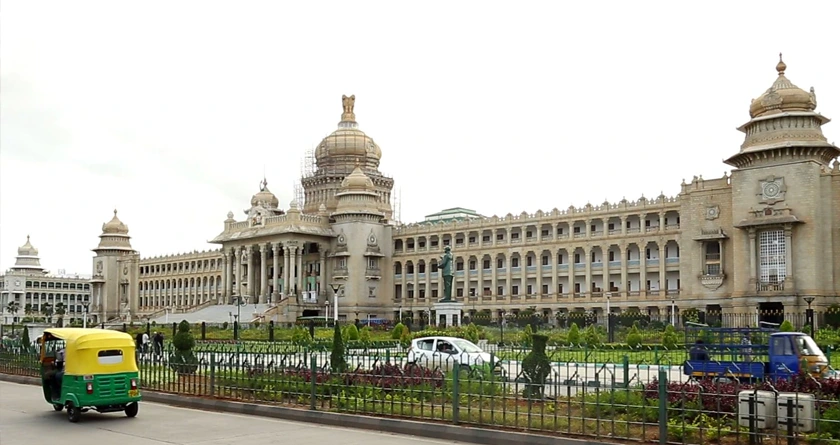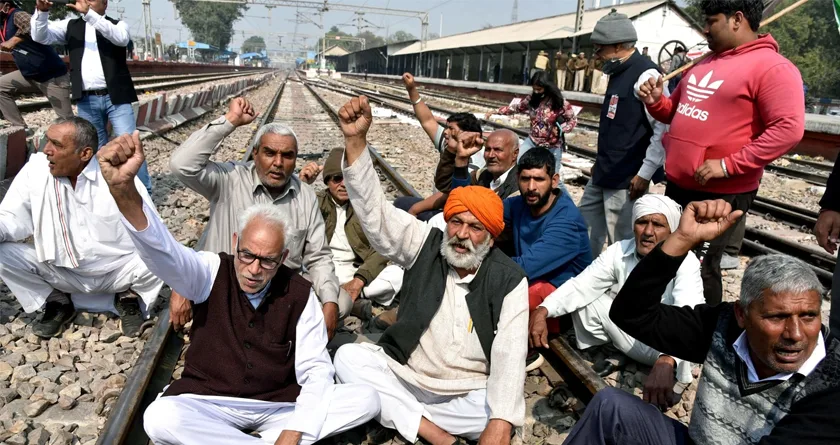
Origin of Bengaluru
How did Bengaluru come into being? Learn more…
Thursday, 29th April 2021
For several decades, the city of Bengaluru in the state of Karnataka was referred to as the ‘Garden City’. The pleasant climate therein drew all types of people including the retirees to come and ‘settle down’ in the city.
However, everything changed in the later part of the 1990s, with the sudden Dotcom boom that caused the city to swish past everything and enter the superhighway of the internet, re-creating itself as the Silicon Valley of India.
Today, the city of Bengaluru houses many rapidly-growing start-up firms that are actually redefining the realm of business. But the true reason for the city’s success and resilience as an important commercial nerve center may be traced back to 400 years. The city has survived many rises as well as a downfall of empires, raging warfare and even political upheavals, yet business in the city has never come to a halt. Geography of the city and its one man’s vision wielded the city’s fortunes, which was once upon a time nothing more than a mere backwater.
During that time, all the roads in the city led towards Hampi, the glorious, splendid and sprawling capital of the kingdom of Vijayanagara located along the banks of the River Tungabhadra and ruled by the ‘Rayas’.
Bengaluru was a vital pivot because of its location. It was situated amid the eastern coast and the western coast and on the Deccan Plateau’s edge. Also, the city was located in proximity to Mangalore, the biggest port during that time.
There was a man who discovered the hidden potential of the city. He was then a passionate feudatory of the Rayas of Vijayanagara and also the Chief of the Yelahanka (roughly where the city’s airport stands today). His name was Kempe Gowda.
Also Read : Learn all about Mysore.
Kempe Gowda, was very close to Krishnadeva Raya, the emperor of Vijayanagara. The king conferred upon him the special surname of ‘Raya’ and also gifted him a royal grant of about 50, 000 gold coins. Kempe Gowda took the controls in the year 1536 and started the construction of a city about 13kms away from Yelahanka.
In just a year, Kempe Gowda had fetched in traders and artisans from the states of Tamil Nadu and Andhra Pradesh, to develop in a systematic manner a unique market town very well planned. Balepete, Akkipete and Aralipete were among the first couple of markets referred to as ‘petes’ in local language. These markets were set up for the selling of the produce. Nagarthpete and Chikkapete were the marts where the silk manufacturers had established a textile plant.
There were two main streets to the Pete area- one, Doddapet Street and another, the Chikkapet street. The former ran from north to south while the latter ran from east to west. The Doddapet square was formed from the intersection of the two streets. In the present day the Doddapet square was referred to as the Avenue Road. During the reign of Kempe Gowda the area bustled with all types of businesses.
The News Talkie Bureau
Source:
Livehistoryindia











